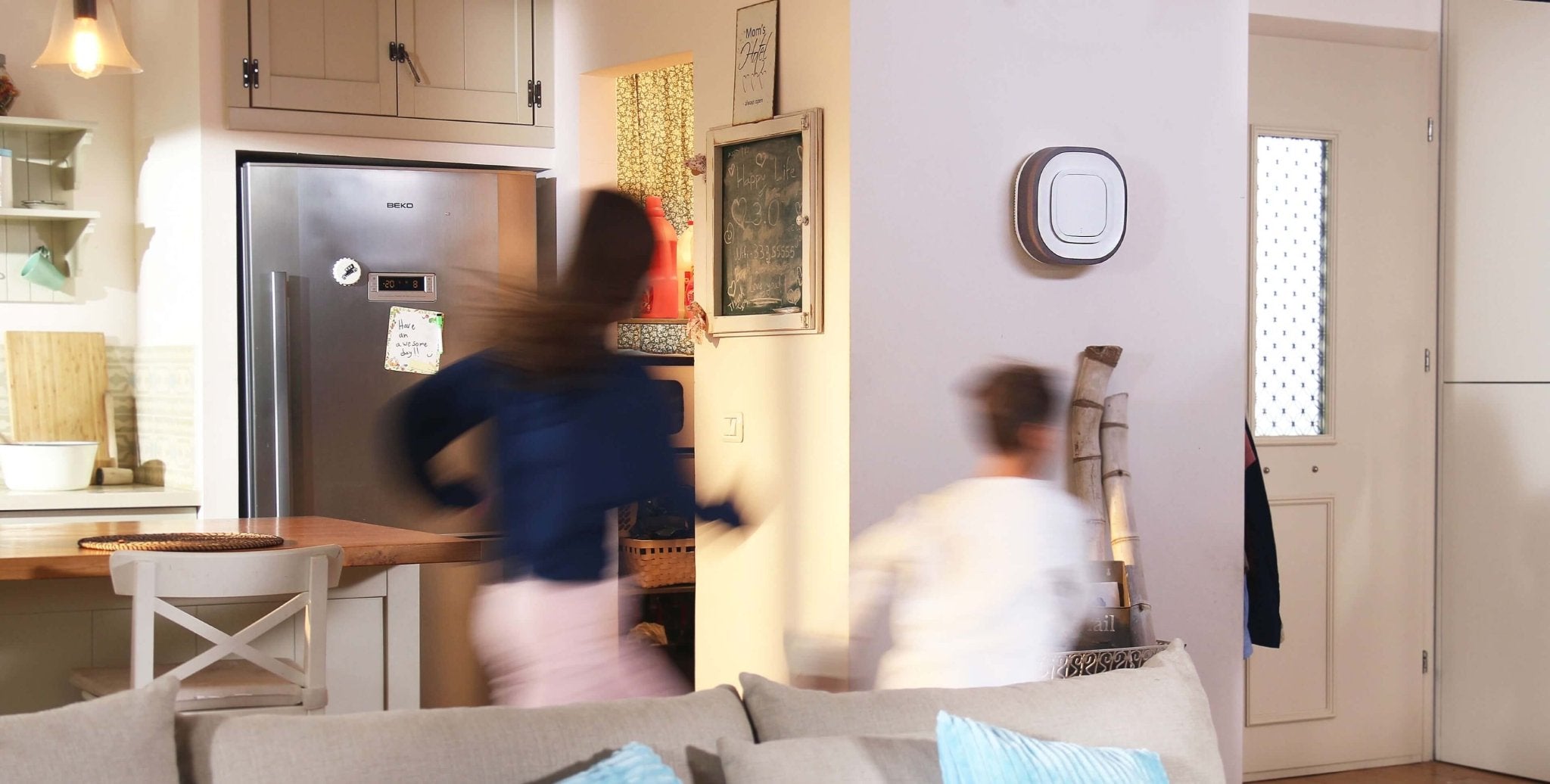The security industry is changing and evolving at a rapid pace. Technology is providing options that didn't exist in the past and creating new solutions, better insights and lower costs for end-users. Additionally, many of these solutions allow for faster, less intrusive installations and remote trouble-shooting, which create efficiencies for customers as well as security providers. One of the best examples of this technology improvement is wireless video surveillance and the ecosystem of wireless sensors.
What Is Wireless Video Surveillance?
Wireless video systems communicate via the Internet through a Wi-Fi signal. This communication could be from a wireless router on-premise or through a cellular communicator. The video cameras themselves are not hardwired to the local routers, servers or storage equipment.
Most wireless video systems utilize cameras that are connected to traditional power sources. However, true wireless cameras – meaning battery powered – have grown in popularity in the residential segment but have not been as widely adopted in the commercial segment due to their limitations (more on that later).
What Are The Benefits?
There are many benefits of a wireless video system. First, the overall installation costs are usually lower than a traditional wired system in which an installer needs to run cable to all cameras.
Second, a wireless video surveillance system offers convenience and the ability to place cameras in spots where running cables would be difficult or cost-prohibitive.
Third, wireless video systems can usually be accessed remotely through a Cloud-hosted environment, which provides the user with the ability to interact with the system anytime, anywhere. This also allows a security provider to remotely access the system for troubleshooting, maintenance or health checks, instead of sending a technician onsite – reducing the overall costs to the end-user.
Finally, wireless video systems can be integrated into broader wireless ecosystems that include intrusion alarm systems, access control systems, and building automation. This allows the user to manage their security program in one environment and receive real-time reporting on incidents or alerts, which provides them insight into the overall safety and security of the facility, along with access to data that can help them make better business decisions.
End-User Considerations
While there are many benefits to the user, wireless video systems are not for everyone. There are several things that need to be considered when deciding whether to go with a wireless video system:
- Video Needs – What is the quality of the video being recorded, how quickly does it need to be accessed and what happens if there are network issues, dropouts or outages?
- Type of Recordings – Are event-based recorded clips vs. 24/7 recordings acceptable for any use case (specifically for battery-powered cameras)?
- Size of Facility – Network coverage is critical, so larger facilities may have trouble with Wi-Fi signal coverage or disruption of service in certain parts of the building. Larger facilities may require more camera coverage and that will result in more data traffic on your network.
- Network Requirements and Limitations – Does the network have the ability to handle the amount of data demand being generated from streaming video and recorded video over the network? The larger the facility, the more cameras required, and, thus, the more data traffic on your network environment. Is this a shared network with other crucial business operations or is it dedicated to your security and video needs?
- Network Security – Wireless video systems can be vulnerable to breaches or unauthorized access if they are not fully secure. It is critical that end-users work with a security provider to ensure data is encrypted and the wireless network is secure.






Share:
InVid Complete Video Surveillance Kits
Google Nest Wifi